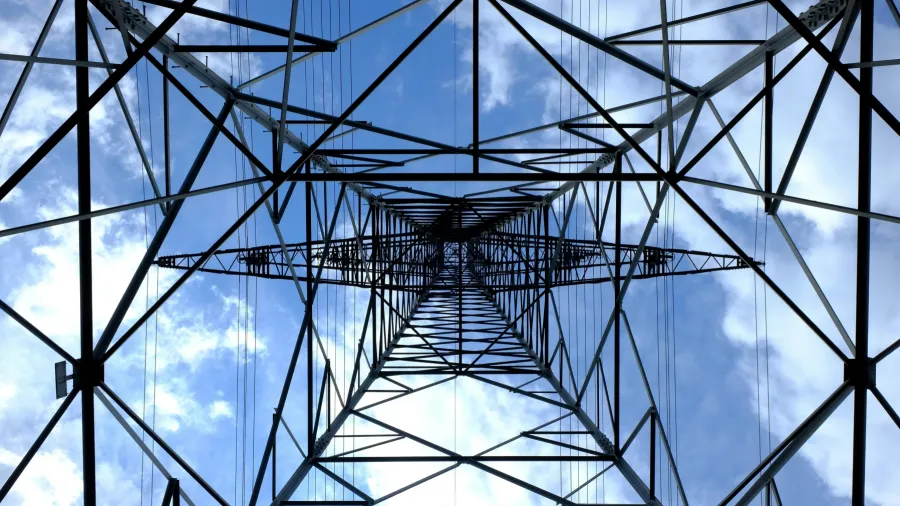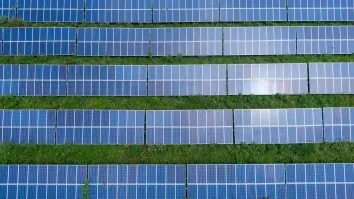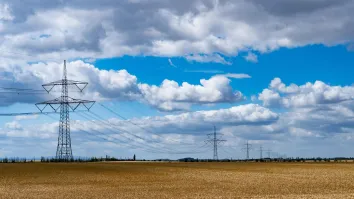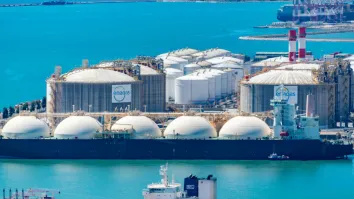
What India has done to achieve its 500 GW renewable energy goal
It has rolled out policies to invite more capital and integrate RE sources to the grid.
India has laid out the steps it has taken to expand its renewable energy capacity and realise its goal of 500 gigawatts (GW) of non-fossil energy capacity by 2030.
According to the Ministry of Power, the programmes include the release of the Bidding Trajectory for the issuance of procurement bids of 50 GW/annum by Renewable Energy Implementing Agencies from fiscal year (FY) 2023 - 2024 to FY 2027 - 2028.
Foreign Direct Investment has also been permitted up to 100% under the automatic route. Meanwhile, the scheme for setting up of Ultra Mega Renewable Energy Parks is being implemented to provide land and transmission to renewable developers for installation of clean energy projects at large scale.
India is also building new transmission lines and creating new sub-station capacity funded under the Green Energy Corridor Scheme for evacuation of renewable power.
Aside from these, the government is also working in integrating renewable energy to the national grid to ensure reliability and stability.
In line with this, India is planning to build an intra-state transmission network to keep pace with renewable energy capacity addition. The government has also mandated the flexibilization of thermal generation to address the variability of clean power generation.

















 Advertise
Advertise






